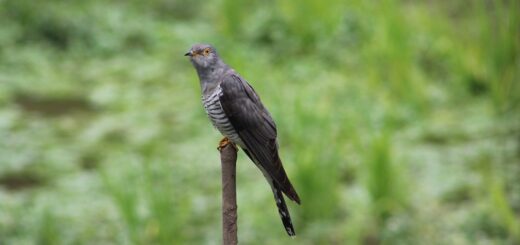Jackdaw
The Fascinating Jackdaw: A Misunderstood Corvid
When it comes to the world of birds, there are few species as intriguing and enigmatic as the jackdaw. Known for its striking appearance, complex social structures, and remarkable intelligence, the jackdaw is a bird that has captured the interest of naturalists, bird enthusiasts, and scientists alike. In this article, we will delve into the world of the jackdaw, exploring its behavior, habitat, and the unique characteristics that set it apart from other members of the corvid family.
The Jackdaw: A Closer Look
The jackdaw, scientifically known as Corvus monedula, is a member of the corvid family, which also includes crows, ravens, and magpies. It is a medium-sized bird, with a distinctive black plumage, pale grey nape, and strikingly bright, pale blue eyes. Its appearance, along with its raucous calls and bold behavior, make it a familiar sight in many parts of Europe and Asia, where it is primarily found.
One of the most fascinating aspects of the jackdaw is its highly social nature. These birds are known for forming large, noisy flocks, particularly during the non-breeding season. They are often seen congregating in urban areas, where they scavenge for food and roost in large numbers. However, they are also found in a variety of other habitats, including woodland, farmland, and coastal areas.
Behavior and Intelligence
Jackdaws are renowned for their intelligence and problem-solving abilities. They have been observed using tools, such as sticks and twigs, to extract insects from crevices, and they are adept at learning from their environment and adapting their behavior accordingly. Studies have shown that jackdaws are capable of recognizing individual humans, and they have been known to form complex social hierarchies within their flocks.
One of the most remarkable displays of the jackdaw’s intelligence is its ability to mimic human speech. While not as proficient as parrots or some other members of the corvid family, jackdaws have been known to mimic simple words and phrases, adding to their allure as fascinating and charismatic birds.
Habitat and Range
Jackdaws are primarily found in Europe and parts of Asia, where they inhabit a wide range of habitats. They are commonly seen in urban and suburban areas, where they scavenge for food and nest in chimneys, church spires, and other man-made structures. They are also found in agricultural landscapes, where they forage for insects and seeds, and in woodland and coastal areas.
Despite their adaptability to human-dominated landscapes, jackdaws are also known for their strong fidelity to their nesting sites. They are monogamous birds, and pairs will often return to the same nesting site year after year, adding to their close association with specific locations and habitats.
Conservation Status
While the jackdaw is not currently considered to be at risk of extinction, its populations are facing some threats. Habitat loss and degradation, as well as persecution by humans, are among the primary challenges that these birds face. However, they are adaptable and resilient, and their ability to thrive in urban environments has helped to sustain their populations.
Conservation efforts aimed at protecting the habitats that jackdaws rely on, as well as raising awareness about the importance of these birds, are crucial for ensuring their long-term survival. By understanding and appreciating the unique qualities of the jackdaw, we can work towards safeguarding its future and the ecosystems it is a part of.
In Conclusion
The jackdaw is a bird that has long captured the imagination of people around the world. Its intelligence, social nature, and striking appearance make it a truly remarkable species, deserving of our attention and respect. By learning more about the jackdaw and the important role it plays in the ecosystems it inhabits, we can work towards ensuring that these charismatic birds continue to thrive for generations to come.
Whether you have observed jackdaws in your local area or have only heard of them in passing, there is no denying the allure and fascination that these birds hold. Their presence in our lives serves as a reminder of the incredible diversity of life on our planet and the importance of preserving and protecting it for the benefit of all species, including our own.
